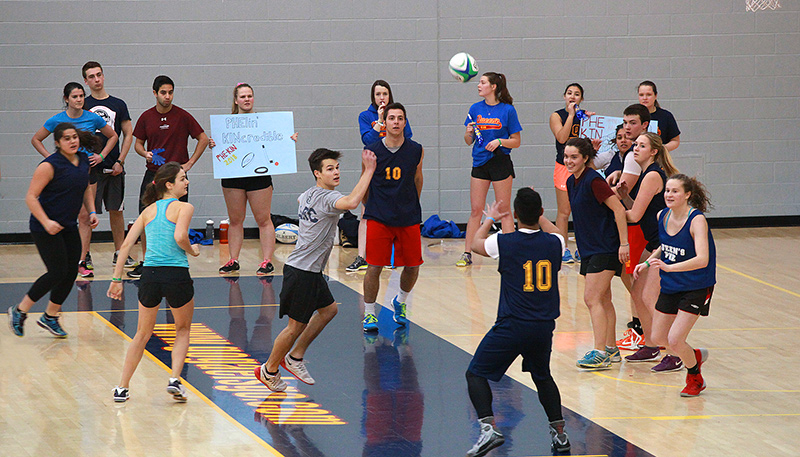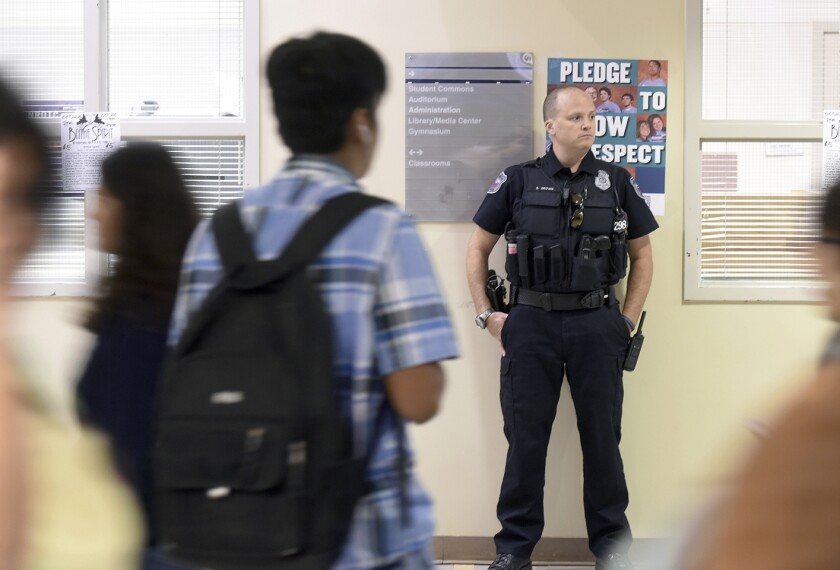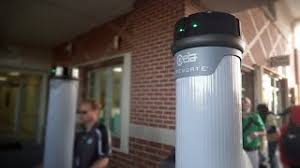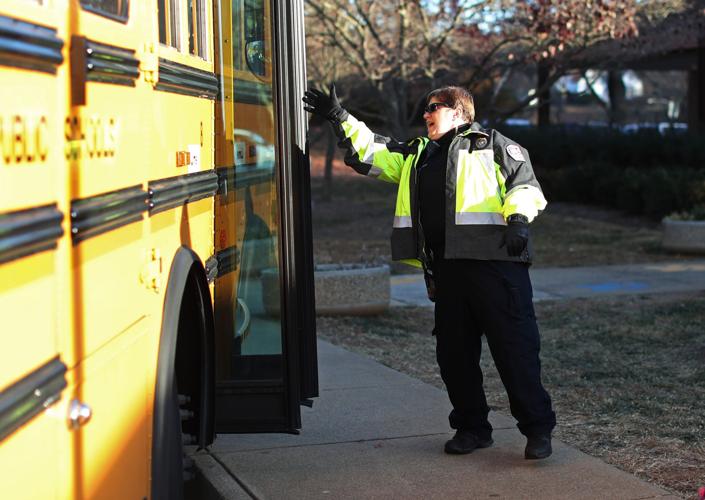The beginning of the school year signifies not only the start of classes and other school activities, but also the first MAP test of the year for many students.
MAP tests (Measure of Academic Progress) are a series of adaptive assessments in which students answer anywhere from 40-43 questions that progressively get more difficult as correct answers are entered. The goal is to find the test taker’s exact level for learning. At the end, a score is given to the student anywhere from 100-350 on the RIT scale (Rasch Unit), an equal-interval measurement scale developed by NWEA (Northwest Evaluation Association) for assessing student achievement.
The MAP tests are taken three times throughout a school year and measure growth from the beginning to the end of an academic year. They also track growth over the span of many years to hopefully see an upward trajectory. With this information, teachers have the option of tailoring instruction individually for each student.
MAP tests and the data they provide are designed to benefit students, however the time spent testing significantly takes away from academic learning. Because MAP tests are around 40 questions each and have long passages to read (in the Reading test), completing the test could take anywhere from 45 to an hour and a half. Since there are 3 testing periods throughout a school year, this occupies valuable time that takes away from actual instruction. Teachers already have limited time for their lessons and an additional test is just another thing for students to worry about.
Figuring out a learning plan for each individual student is cumbersome for teachers who are teaching approximately 120 students and these tests, along with other Division Assessments, can cause students to become “numb” to another assessment. According to Thomas Armstrong, in his article 15 Reasons Why Standardized Tests are Worthless, he says, “Standardized tests don’t provide any feedback on how to perform better and there are no instructions provided by test companies on how to improve these test scores.” If the true reason behind taking MAP tests is to figure out a plan for improvement, why is there no information about how to actually improve?
A culture of testing has taken over many schools and can often lead to the disengagement of students. The tests also can create a feeling for students that their personal success is determined by their score, which can lead to unnecessary stress.
Being a high schooler is stressful; not only do we attend class all day, we have after school activities, clubs, sports, social engagements, and family duties. Adding another test to the list results in burnout and testing satiation — when students become indifferent to yet another test they have to take. This may end up with students making the decision to simply click through the test so they can finish as soon as possible so they can work on more important schoolwork, or to just be done with it altogether. This would skew the data and detract from the “goal” of the tests.
This year, at CHS, if students don’t complete the test in the allotted 90-minute block period, teachers ask them to click random answers to finish rather than continuing testing. If students aren’t able to work on the test the entire time, and the whole end of their test is randomly answered, how will data be used effectively anyway?
In an informal poll, asking CHS students grades 9-12 whether they put in their best effort for the MAP test this year, 73% of students reported that they did not. This staggering statistic poses the question of whether or not the test should even be administered in school or if there could be a better way to organize the testing process.
One way to facilitate testing includes making the environment more positive. Since there is already a negative stigma surrounding MAP tests, when it is time for students to take the test, they already have the idea in their heads that it is going to be bad, resulting in cynical attitudes and careless clicking through. Incentivizing or even talking about the “why” behind the test might make students more inclined to take it seriously.
Another way to better facilitate testing would be structuring the school wide environment so testing is looked at as a priority. Since testing takes place in the classroom, while other classes are still having a normal day, there are often distractions that make focusing while completing the test very difficult. A solution to this issue would be utilizing a specified school wide testing schedule to minimize potential distractions and make the testing experience more formal. Another potential solution could be physically moving testing spaces to secluded areas of the school. This way, distractions would be limited and students in other parts of the school could continue on with their day as normal.
The way that the MAP test is being administered currently is not putting students in the best situation for success. If we are going to continue using this test, changes need to be made to either improve situations, or eliminate the test altogether.














